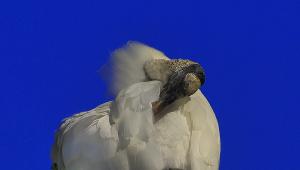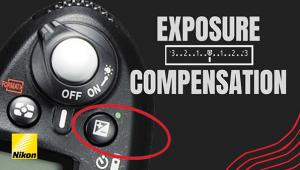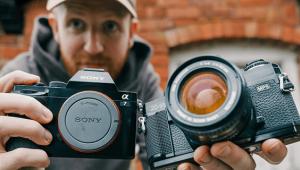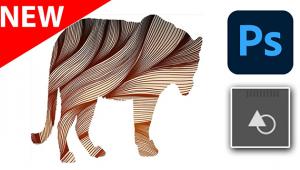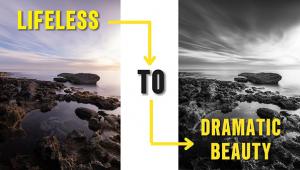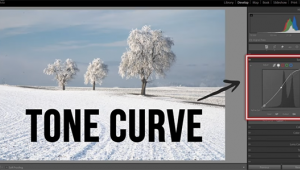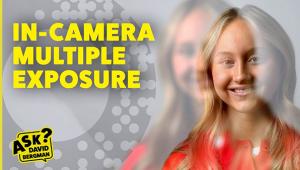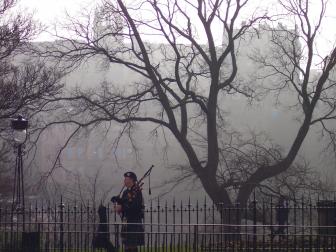Sony Cyber shot DSC S85
Great Value In A Fully Featured 4 Megapixel Camera
Sony has been the most successful seller of digital cameras in the last few years, with the largest share of the market for any camera maker. Considering a digital camera is more akin to a computer than to a camera that is perhaps not so surprising--after all, Sony is one of the most popular makers of consumer electronics. Until recently, though, Sony's digital cameras have not really had much appeal to camera aficionados. The Mavica line became popular largely because they used floppy discs for storing images. As a floppy can only hold 1.4MB of information, it meant that Sony cameras were restricted to producing low quality images. They were ideal for capturing quick images for use around offices and for posting on the Internet, but that was about it. Newer models in the Mavica range have added Sony's Memory Stick storage cards and some models even have the ability to record straight onto CD-Rs. |
||||
All along, however, Sony has shown it is serious about photography by using Carl Zeiss lenses on many of its cameras. Zeiss has a long tradition of producing some of the best lenses in the world and as the pixel count goes up in digital cameras the importance of having good quality lenses increases. More Photo Appeal The Cyber-shot DSC-S85 camera is just such a camera. At first glance it looks just like a compact point-and-shoot 35mm camera. As its name suggests it is derived from the S75, which was introduced early in 2001. It is essentially the same as the DSC-S75 but with a 4-megapixel CCD in place of the S75's 3-megapixel CCD. |
||||
It feels substantial with a reasonably good-sized handgrip, though it could still be bigger for carrying convenience. The metal body is finished in a charcoal gray color. The camera is fairly compact in size (5x19/16x21/2") when closed but the 3x f/2.0-f/2.5 (34-102mm equivalent) Carl Zeiss zoom lens does extend by almost an inch when it's powered up. The camera has an optical viewfinder, which adjusts the view in conjunction with the zoom. As one is not viewing the image through the lens there are some parallax problems on close-ups. In those situations it's better to use the large LCD monitor on the back. If you're like many digital camera users you'll probably end up relying on the LCD monitor for image composition in many conditions when the ambient lighting is not too bright. Memory Stick |
||||
At first glance it looks as though the camera has a flash hot shoe. Unfortunately it is a dummy and is only used to hold Sony's own external HVL-F1000 flash that is connected to the camera through a cable plugged into the accessory port. The camera can be hooked up to a computer through the USB port and a TV monitor via an AV cable. Image Options The camera has the usual selection of capture modes, including shutter priority, aperture priority, scene selection, and automatic. The three scene selection modes are Twilight, Landscape, and Portrait. Shutter speeds can be set for 8 sec to 1/1000 sec and aperture from f/2-f/8. A Burst mode allows the camera to shoot three frames about half a second apart. This same Burst mode can also be used to shoot three images with the exposure shifted in each frame from between +/- 1.0 EV in 1/3 steps. |
||||
Video Options An additional "pseudo" video mode is the Clip Motion mode. This records still images one after the other as the shutter button is depressed and then plays them back in a continuous sequence. Images are saved in the GIF format for this mode so they do not have the resolution or full colors of regular still images. It's more useful for producing animated clips one sees on web sites as a piece of graphic art rather than a video or photo sequence. Other special processing effects can be applied to images in the capture mode. These include Solarize, where the image appears like an illustration; Black and White; Sepia, which makes the image appear like an old photo; and Negative Art, where the colors and brightness are reversed. |
||||
Smart Batteries Camera Performance I had trouble at times with the autofocusing mechanism, which seemed to be slow. It had difficulty focusing in low contrast conditions. Quite often it appears that I tripped the shutter before the camera had focused properly without realizing my mistake. I seemed to get a rather large number of soft images during the time I had the camera. Manual focusing has limited usefulness as an alternative, as it can only be set to predetermined distances and cannot be focused manually in real time. It is difficult to see the image on the LCD unless one is in a darkened room and the optical viewfinder cannot be used for focusing. In reality manual focusing is only useful for landscape images shot at infinity and close-up still shots where one can carefully position the camera into focus. Menu Options Playback of captured images on the color LCD screen is good, as the screen can be seen in daylight quite easily. One can zoom in to 5x by using the control button. It is possible to quickly review the last shot using the five-way button on the back without going into the playback mode. Slide shows can be set up in playback and images can even be rotated before viewing them on an external TV screen. Overall, the Sony DSC-S85 is a pleasant camera to use. In the final analysis my feeling is that the image quality is above average, but nothing exceptional. The colors are good and the images are free of noise. There is some chromatic aberration on the edges of bright highlights, but that's a problem with just about all digital cameras. At a street price of $800 the DSC-S85 is priced competitively with 3-megapixel cameras, so it makes sense based on its robust build quality and wide array of features, such as MPEG movie and sound recording capabilities, which are absent from most cameras in this price range. For more information, contact Sony Electronics Inc., 1 Sony Dr., Park Ridge, NJ 07656; (201) 930-1000; www.sony.com. |
||||
|
||||
|
- Log in or register to post comments










